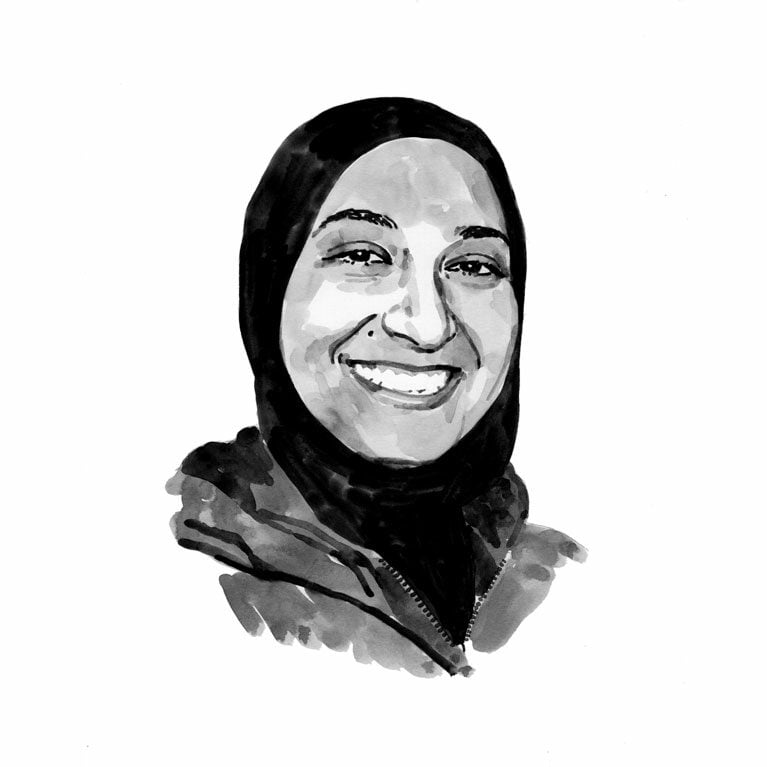Rihab Louhichi

Who I am
I am a PhD researcher in marine biology at the Faculty of Science of Sfax and a member of the Marine Biodiversity Laboratory of the National Institute of Marine Sciences and Technologies (INSTM). My studies began with an undergraduate degree in natural sciences in 2018, followed by a Master’s in biodiversity of organisms, populations and environment in 2020. Choosing this particular course relates to my passion for nature and marine ecosystems. Given the problems that face the marine environment, I chose to work on species that are both iconic and endangered: sharks and batoids. I have been studying them since 2019 in a bid to find a better conservation solution for them. In fact, my Master’s thesis was on fishing and the ecology of the sandbar shark in the Gulf of Gabès.
Among the many projects for which I have worked as an observer is Medbycatch, which has given me the opportunity to increase my contact with fishermen. Having been selected as a representative for all the Medbycatch observers, I had the opportunity to attend workshops on a second project that aimed to share experiences and knowledge and to build and maintain strong relationships between Medbycatch observers and fishermen. Representatives from other Mediterranean countries participating in the Medbycatch project also attended these workshops.
Where I work
Our project focuses on the Gulf of Gabès, an area rich in marine biodiversity. This gulf, formerly known as Petite Sirte, is located on the south-eastern coast of Tunisia and stretches between Ras Kaboudia in the north and the border with Libya in the south. The region is characterised by a wide and shallow (60-metre; about 200-foot) continental shelf that extends 110 kilometres (68 miles) from the coast. The gulf is home to unique topographical and biological features, making it a vital breeding ground that supports the reproduction and development of many marine species.
The Gulf of Gabès is the most important fishing area in Tunisia, containing about 50% of the national fishing fleet and accounting for approximately 50% of the country’s catch. It is recognised as a hotspot of elasmobranch biodiversity, where 27 shark and 21 batoid species have been recorded, many of which find conditions here favourable for their reproductive life stage.
What I do
As a PhD researcher in marine biology, I focus on the conservation of elasmobranchs in the Gulf of Gabès and for my project I conduct field work and collect and analyse data. Each day starts with visits to key ports (Sfax, Attaya or Kratten), where I investigate fisheries that target sharks and collect both technical and biological data on their activities. During these visits, I conduct detailed surveys to determine the technical characteristics of the fishing gear used and to gather data about the catches.
Building strong relationships with fishermen is key to gaining their trust and securing permission to join them on their fishing trips. These trips can last from one to five days, and during them I gather critical data, including the depth and coordinates of where catches are taken, the fishing effort (such as soak times and number of hooks) and the composition of the catch, noting the species, size and sex of the elasmobranchs caught. In addition, we schedule specific days for deploying BRUV (baited remote underwater video) systems at carefully selected sites that meet the required conditions for installation and filming. This approach will help us to make accurate assessments of the abundance of elasmobranchs in those areas.
On days when weather conditions prevent fishing, I use the time to conduct sessions, in collaboration with local port authorities, to promote awareness about elasmobranch conservation. At the end of the project we will provide a thorough analysis of the collected data and prepare a detailed report summarising our work and findings.
